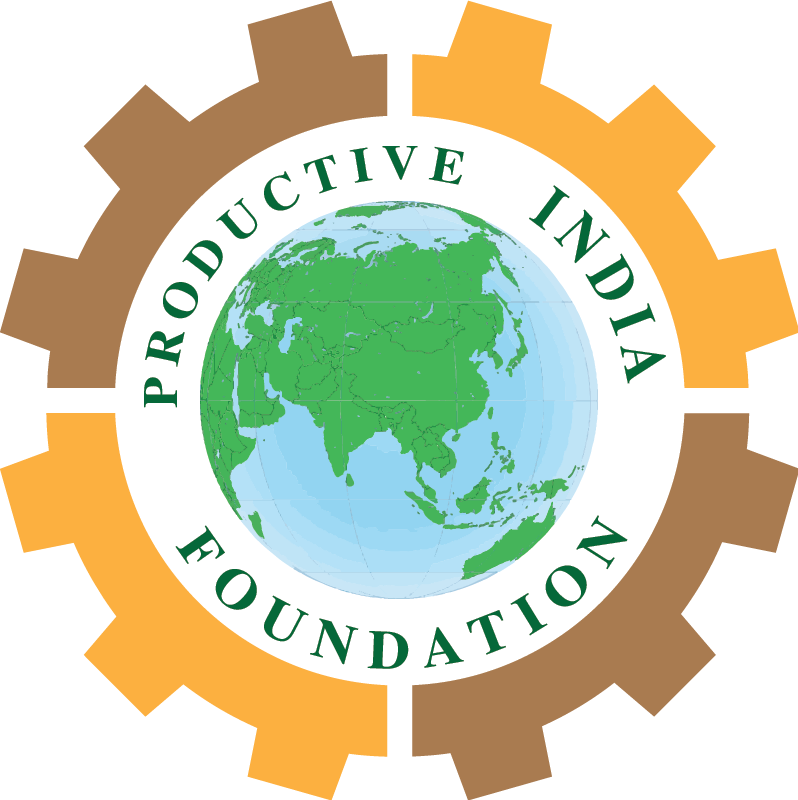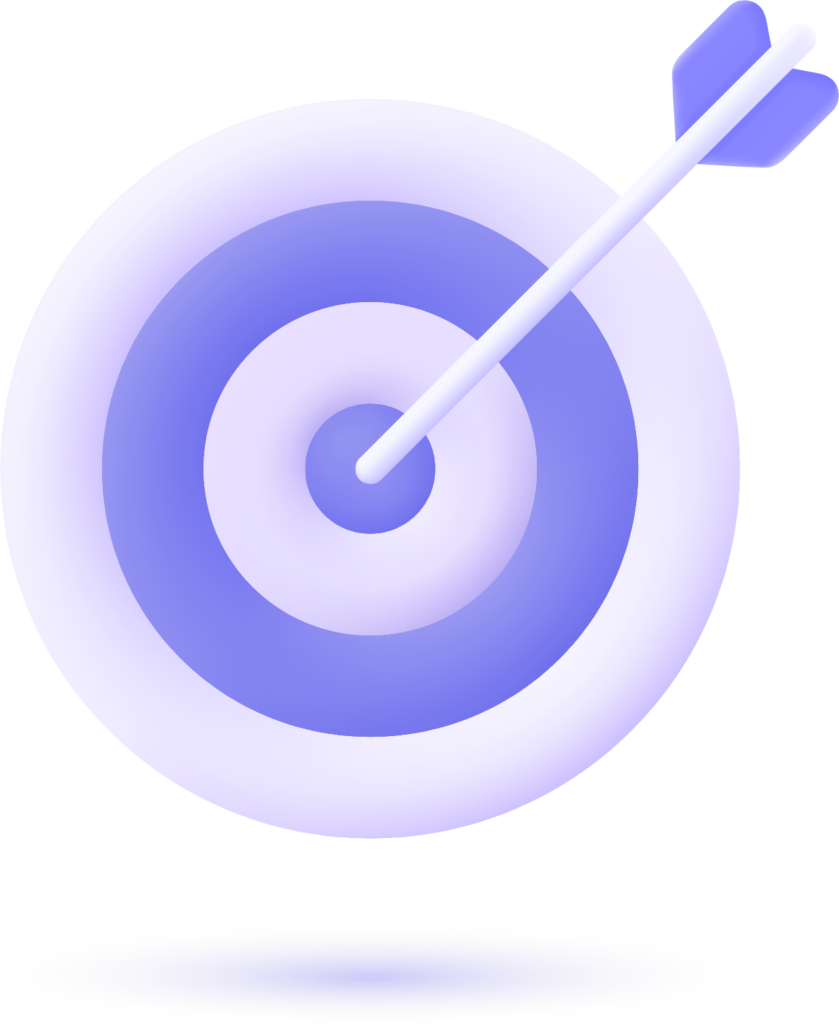Plastic is everywhere
It’s in our clothes, our cosmetics, our food packaging, our electronics, and even our bodies. While plastic has many benefits, such as convenience, durability, and versatility, it also has a dark side: it’s polluting our planet and harming our health.
Microplastics can accumulate in soil, water, air, and living organisms. They can affect the physical, chemical, and biological properties of these systems. For example, microplastics can alter the soil structure, reduce water quality, increase air pollution, and interfere with the food chain.
Microplastics can also pose a risk to human and animal health. Microplastics can also be present in drinking water, both tap and bottled.
So how can we fight microplastics? The best way is to reduce our plastic consumption and waste in the first place. Here are some tips and tricks that you can use in your everyday life to curb the rise of the plastic tsunami:
Avoid single-use plastics
They include things like plastic straws, plates, cutlery, cups, bottles, bags, wrappers, and packaging. They also make up a large proportion of the plastic waste that ends up in landfills or the environment.
To avoid single-use plastics, you can:
- Use reusable alternatives instead. For example, you can bring your own water bottle or coffee mug when you go out; use metal or bamboo straws; bring your cloth bags when you go shopping; use glass or metal containers for food storage; use cloth napkins instead of paper towels; use wooden or bamboo utensils instead of plastic ones.
- Refuse single-use plastics when they are offered to you. For example, you can say no to plastic straws or cutlery when you order a drink or a meal; ask for paper bags instead of plastic ones; or decline receipts or flyers that are printed on plastic paper.
Recycle plastic whenever possible
Recycling also helps to save energy and resources that would otherwise be used to produce new materials.
To recycle plastic whenever possible, you can:
- Check the recycling rules in your area. Different places have different rules for what types of plastics can be recycled and how they should be sorted. You can usually find this information on your local government’s website or the labels of your recycling bins.
- Clean your plastic items before recycling them. Dirty or contaminated plastics may not be accepted by recycling facilities or may lower the quality of the recycled products. You can rinse your plastic items with water or wipe them with a cloth before putting them in the recycling bin.
- Look for recycling symbols on your plastic items. Recycling symbols are usually found at the bottom or on the side of plastic items. They indicate the type of plastic that the item is made of and whether it can be recycled or not. The most common recycling symbols are:
- Number 1: PET or PETE (polyethylene terephthalate). This is the most widely recycled plastic. It is used for water bottles, soda bottles, food containers, and clothing fibers.
- Number 2: HDPE (high-density polyethylene). This is also a commonly recycled plastic. It is used for milk jugs, detergent bottles, shampoo bottles, and toys.
- Number 3: PVC (polyvinyl chloride). This is a difficult plastic to recycle. It is used for pipes, window frames, shower curtains, and vinyl flooring.
- Number 4: LDPE (low-density polyethylene). This is plastic that can be recycled but is not accepted by all recycling facilities. It is used for plastic bags, plastic wraps, and squeeze bottles.
- Number 5: PP (polypropylene). This is plastic that can be recycled but is not accepted by all recycling facilities. It is used for yogurt cups, margarine tubs, ketchup bottles, and straws.
Shop smarter
Shopping smarter means choosing products that have less environmental impact and supporting businesses that are more eco-friendly. Shopping smarter can help you reduce your plastic consumption and waste as well as save money and resources.
To shop smarter, you can:
- Buy less. The simplest way to reduce your plastic consumption and waste is to buy less stuff in the first place. Before you buy something, ask yourself if you really need it or if you already have something similar that you can use instead.
- Buy better. When you do buy something, try to choose products that are more durable, reusable, repairable, or recyclable. You can also look for products that have eco-labels or certifications that indicate they are made of natural or recycled materials or have a lower environmental impact.
- Buy local. Buying locally means buying products that are produced or grown in your area or country. Buying locally can help you reduce your plastic consumption and waste by reducing the need for packaging and transportation.
Make your products
Making your products means using natural or homemade ingredients to create products that you would normally buy from a store. Making your products can help you reduce your plastic consumption and waste by eliminating the need for packaging and transportation. To make your products, you can:
- Make your cosmetics. You can use natural ingredients such as coconut oil, shea butter, beeswax, honey, aloe vera, essential oils, and herbs to make your moisturizers, lip balms, deodorants, toothpaste, and more.
- Make your cleaning products. You can use natural ingredients such as vinegar, baking soda, lemon juice, salt, soap nuts, and castile soap to make your all-purpose cleaners, laundry detergents, dish soaps, and more.
- Make your food. You can use fresh or dried fruits, vegetables, grains, nuts, seeds, spices, and herbs to make your snacks, sauces, spreads, dressings, and more.
These are some of the tips and tricks that you can use to reduce your plastic consumption and waste and fight microplastics. By making these changes in your everyday life, you can not only protect the environment and your health but also save money and resources.


